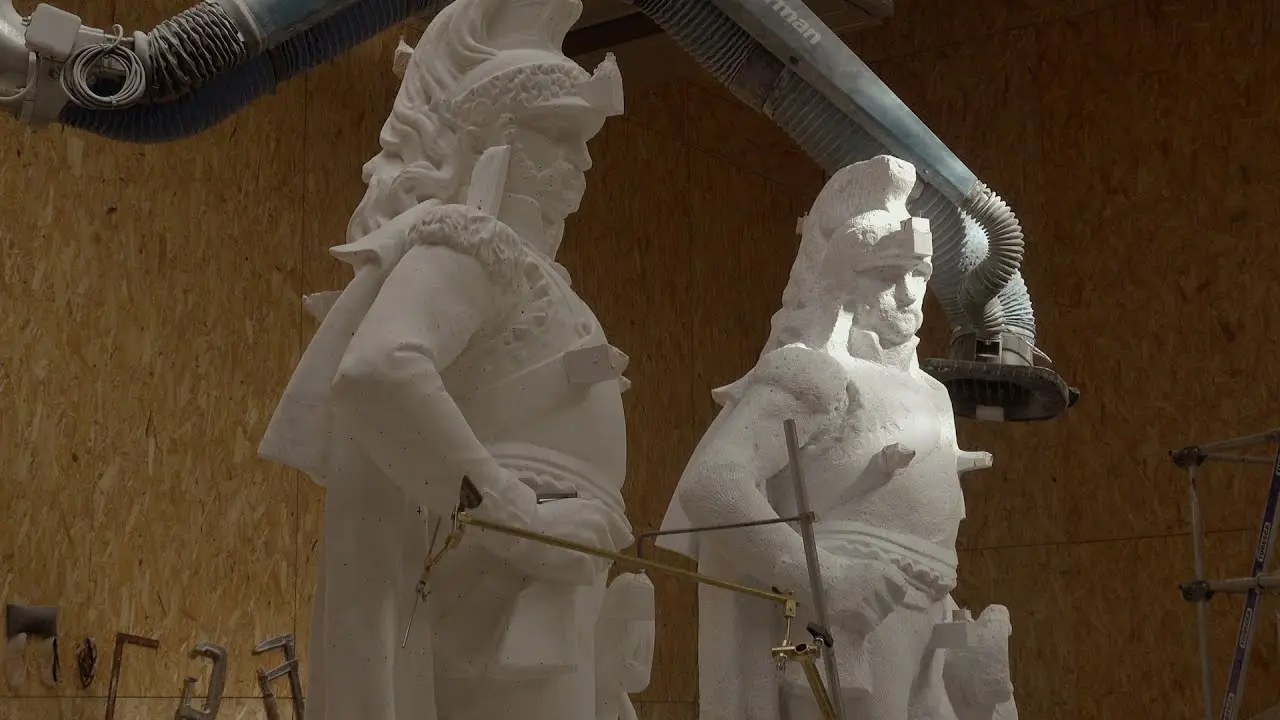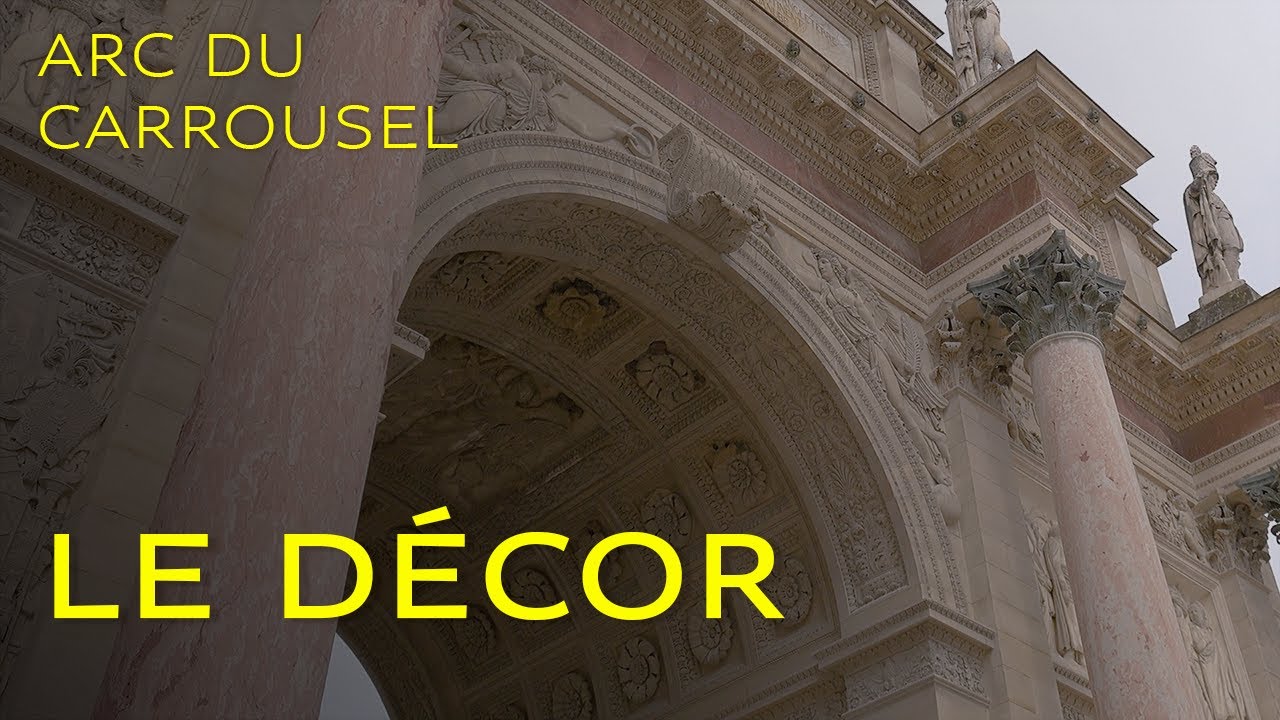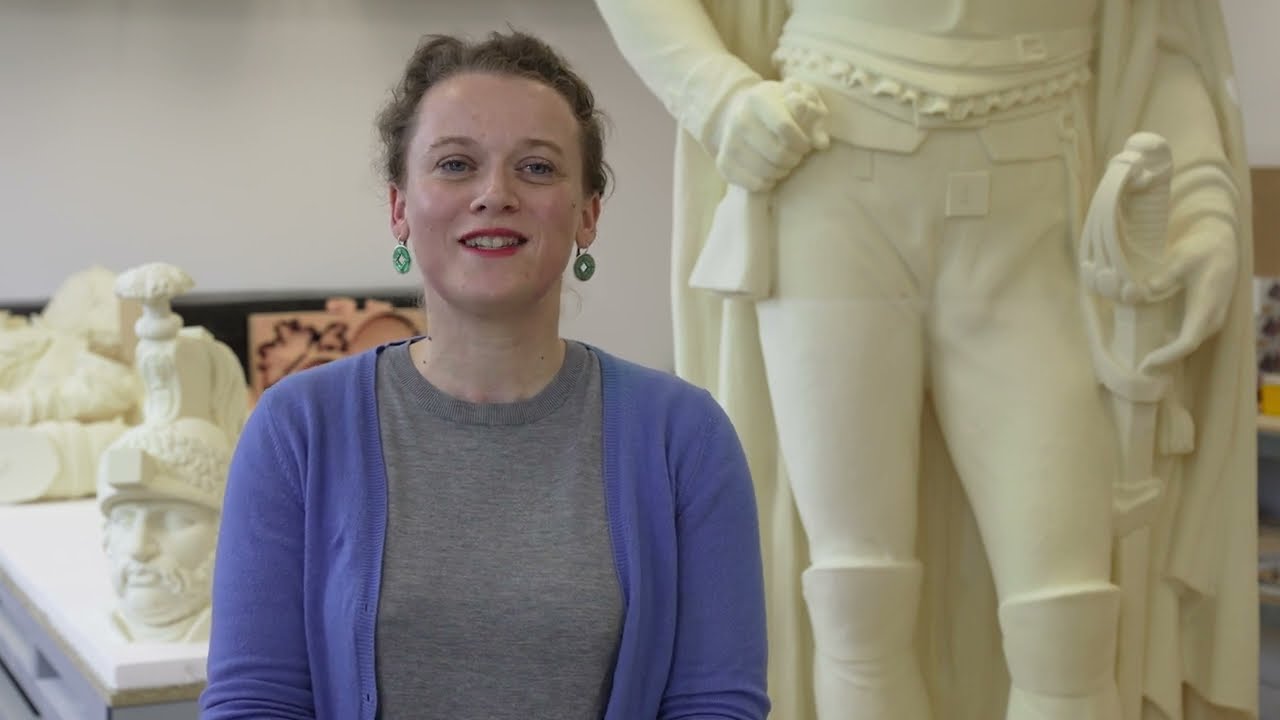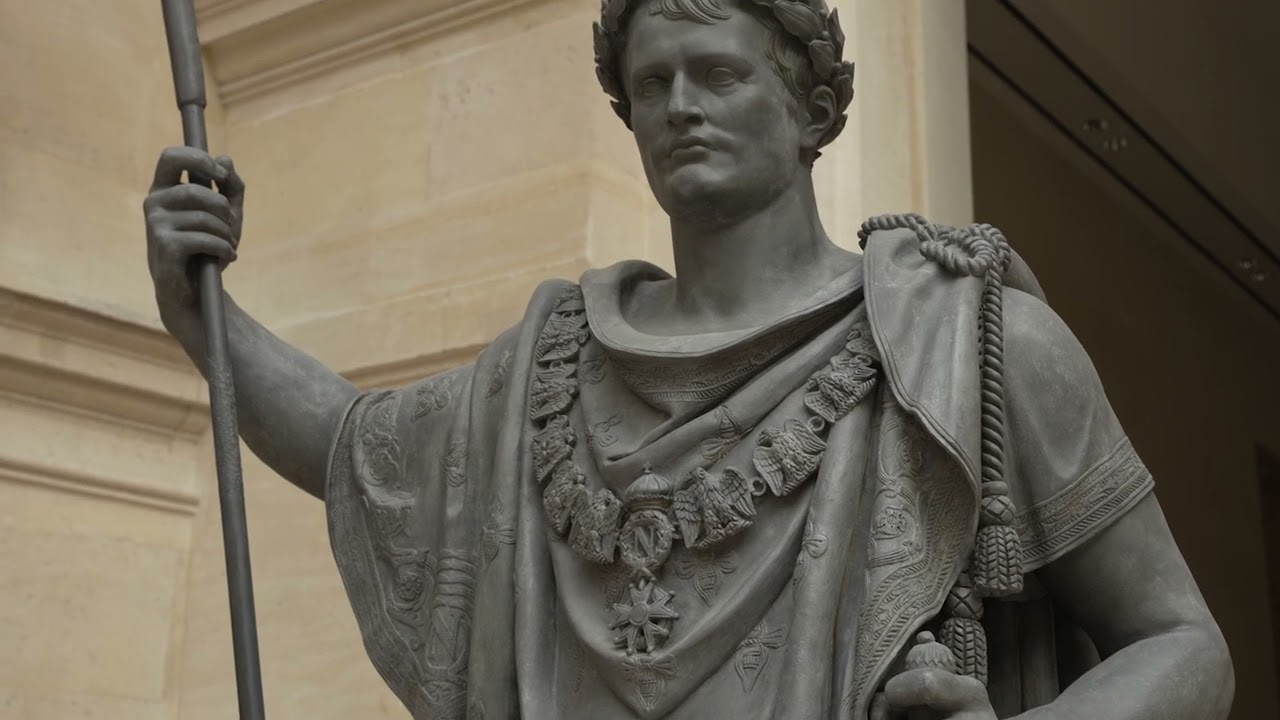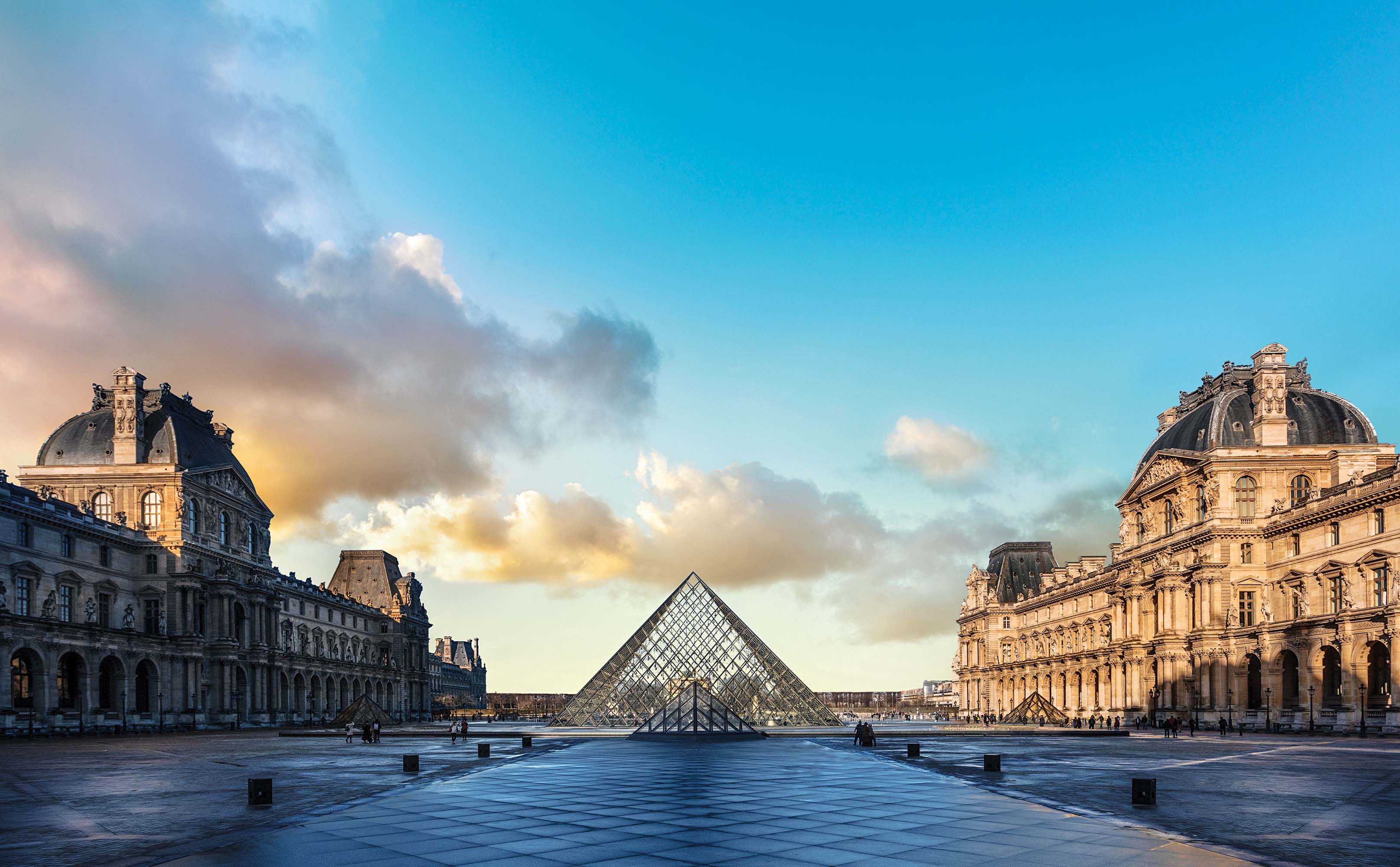A garden at the heart of the LouvreThe Carrousel Garden

Between the Pyramid and the Tuileries Garden lies the Carrousel Garden. Its green lawns and rows of hedges play host to an open-air sculpture museum.
One of the most lavish festivals held during the reign of Louis XIV took place on 5 and 6 June 1662. To celebrate the birth of his first son (Louis, ‘Le Grand Dauphin’), the young king organised a carrousel, an occasion featuring jousting and other equestrian performances. The grand event was held on the esplanade in front of the now-demolished Tuileries palace, with some 1,300 riders participating including Louis XIV himself.
The magnificence of the celebration made history, with its splendid costumes and 10-15,000 spectators, and the place has been called ‘Carrousel’ ever since.
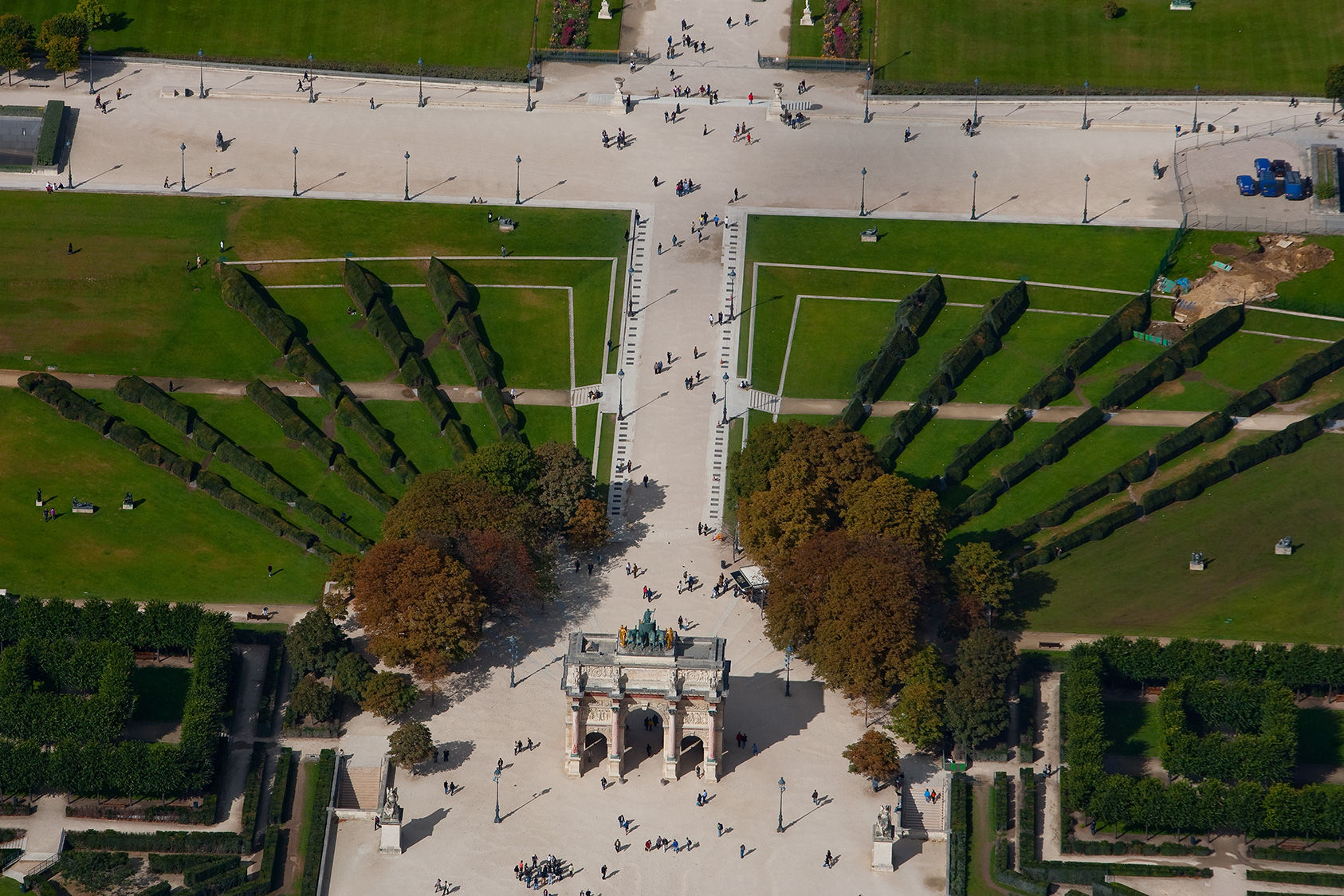
A garden turned into a courtyard . . .
The history of the Carrousel Garden is closely linked to that of the now-destroyed Tuileries palace, which dated back to the reign of Henri IV (r. 1589–1610). The king wished to create a ‘new garden’ along the east side of the palace; the Tuileries Garden already lay to the west of the building at this time. In 1638, it was extended and arranged in flowerbeds for the Grande Mademoiselle, a cousin of Louis XIV’s who resided in the palace. But this garden was soon demolished to make room for the famous Carrousel of 1662. For several centuries the spot was known as the ‘Cour du Carrousel’, and served as the main courtyard of the Tuileries palace.
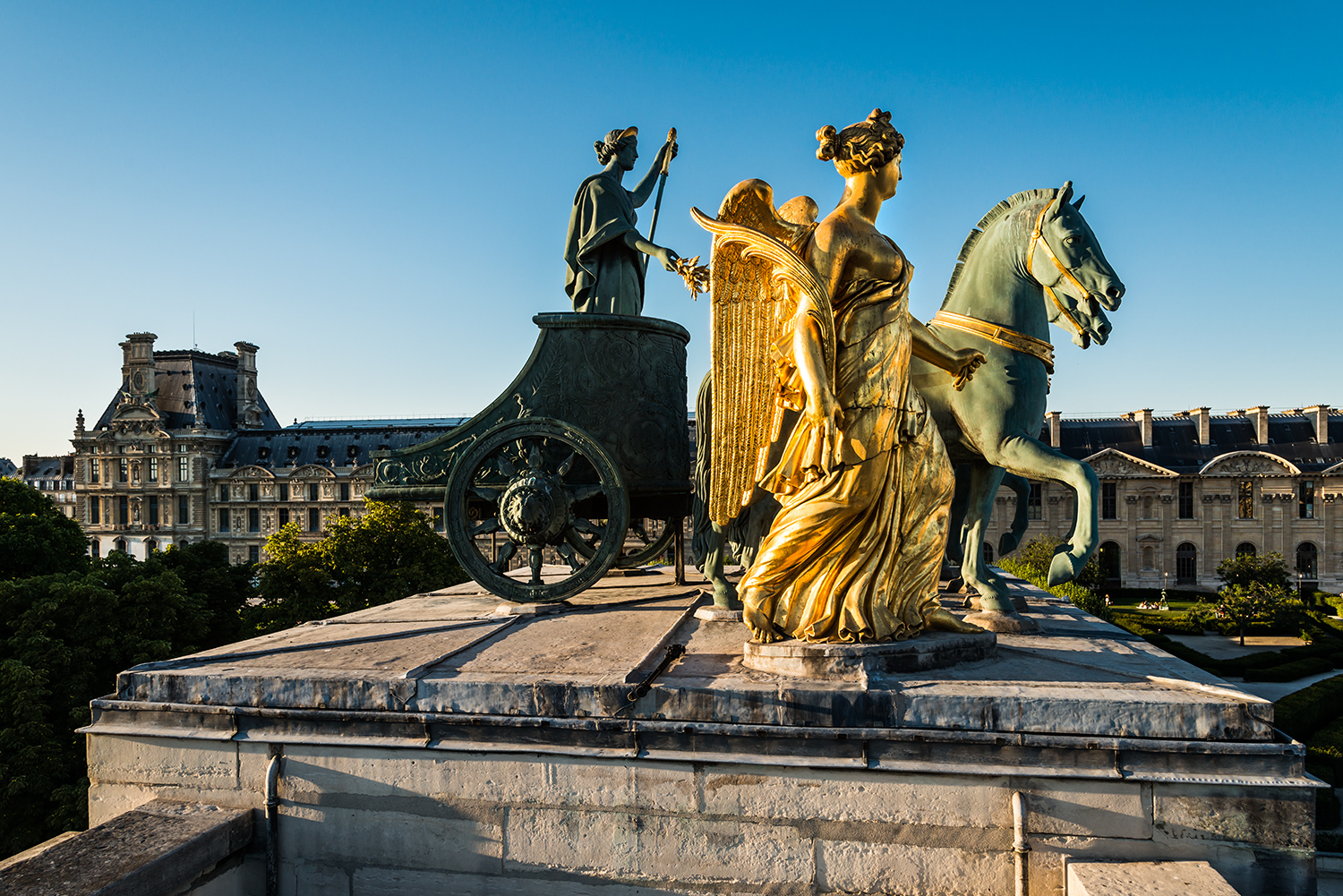
. . . and back into a garden
After the Tuileries palace was burnt down by the Communards in 1871, its ruins stood until their demolition in 1883. Today, the 6.2-hectare esplanade, bordered to the north and south by the two long wings of the Louvre, opens westward onto the Tuileries Garden with its Grande Allée, and the Champs-Elysées beyond.
How to redevelop this space? The ‘new Carrousel Garden’, designed by the architect Edmond Guillaume for the Exposition Universelle of 1889, featured ‘French-style’ flowerbeds arranged in symmetry with those of the Jardin de Tuileries. It was filled with statues in the academic style that was popular during the Third Republic. In 1964–1965, these were replaced with bronze sculptures by the artist Aristide Maillol (1861–1944). This was the idea of André Malraux, Minister of Cultural Affairs, and Dina Vierny, Maillol’s last model, who dreamed of an open-air Maillol museum. The architect Olivier Lahalle simplified the garden’s layout.

The Grand Louvre
In the early 1990s, as part of the ‘Grand Louvre’ project, which included the transformation of the Cour Napoléon and the construction of the Pyramid , the Jardin du Carrousel was entirely redesigned by the Belgian landscape artist Jacques Wirtz and his son Peter. The flowerbeds were replaced by rows of yew hedges fanning out from the Arc du Carrousel towards the Jardin des Tuileries. The garden’s arrangement of mounds and mazes conceals the fact that it is built on a concrete slab, beneath which are a shopping centre, car parks and equipment rooms.
Maillol’s statues – La Méditerranée, La Nuit, Les Trois Nymphes, and La Rivière, among others – were put back on display. These twenty masterpieces of sculpture are regularly maintained by conservators-restorers.
Did you know?
'Côté cour', 'côté jardin'
The French theatre terms côté cour (‘courtyard side’, or stage left) and côté jardin (‘garden side’, or stage right) originate in the theatre built in 1659–1662 in the Tuileries palace, near the Pavillon de Marsan. For the audience, of course, the inverse was true: the left side of the stage was on the ‘garden side’ (the Tuileries Garden) and the right side of the stage was on the ‘courtyard side’ (the Cour du Carrousel). The terms are now used in all French theatres.
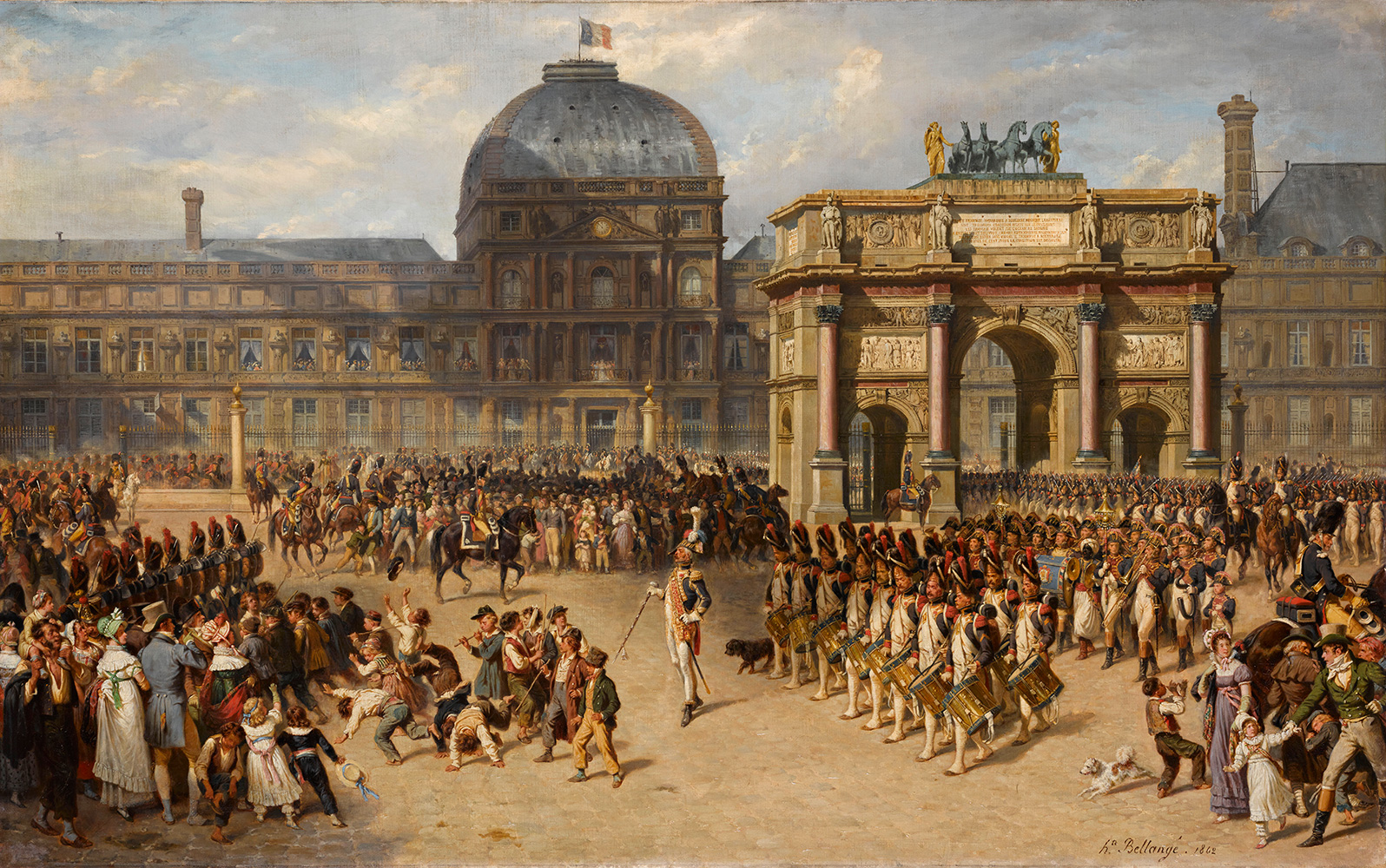
The Arc du Carrousel
During Napoleon’s reign, fences were erected around the courtyard of the Tuileries palace. In 1806–1808, a triumphal arch was built, modelled on the Arch of Septimius Severus in Rome. This monument to Napoleon’s military victories features three arches between red marble columns. It is decorated with numerous sculptures, including bas-reliefs depicting battles and statues of soldiers of the Grande Armée. At the top, two female figures in gilded lead, Victory and Peace, drive a quadriga, or chariot drawn by four horses. In 1827, a quadriga by François-Joseph Bosio replaced the original work, which was returned to Saint Mark’s Basilica in Venice in 1815. In 2024, the Arc du Carrousel underwent extensive conservation work in order to reinforce the structure and to clean up the monument, restoring it to its former glory.
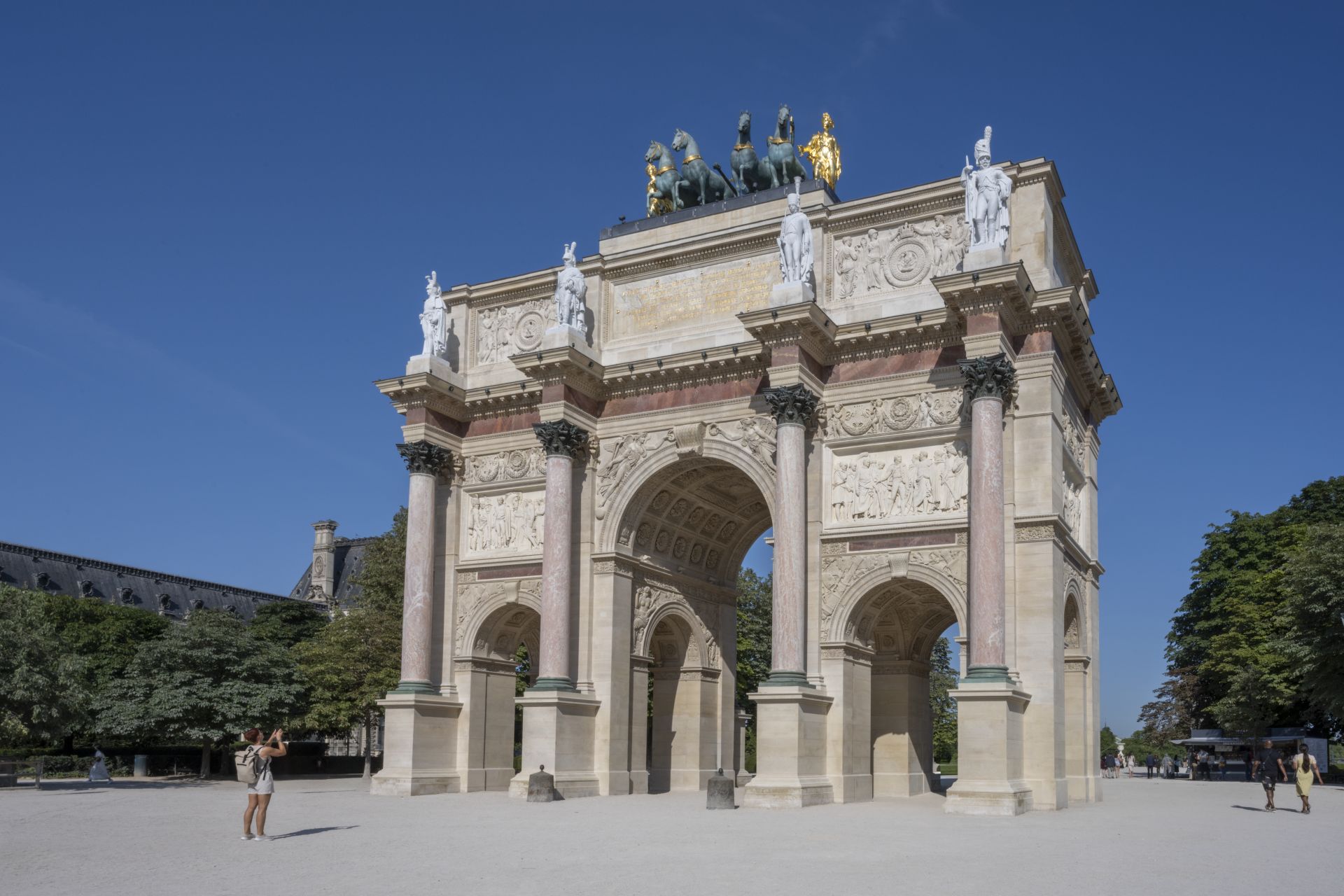
The Conservation of the Arc de Triomphe du Carrousel (2022–2024)
Explore the monument's history and meet the team that worked to restore it to its original splendour.
More to explore
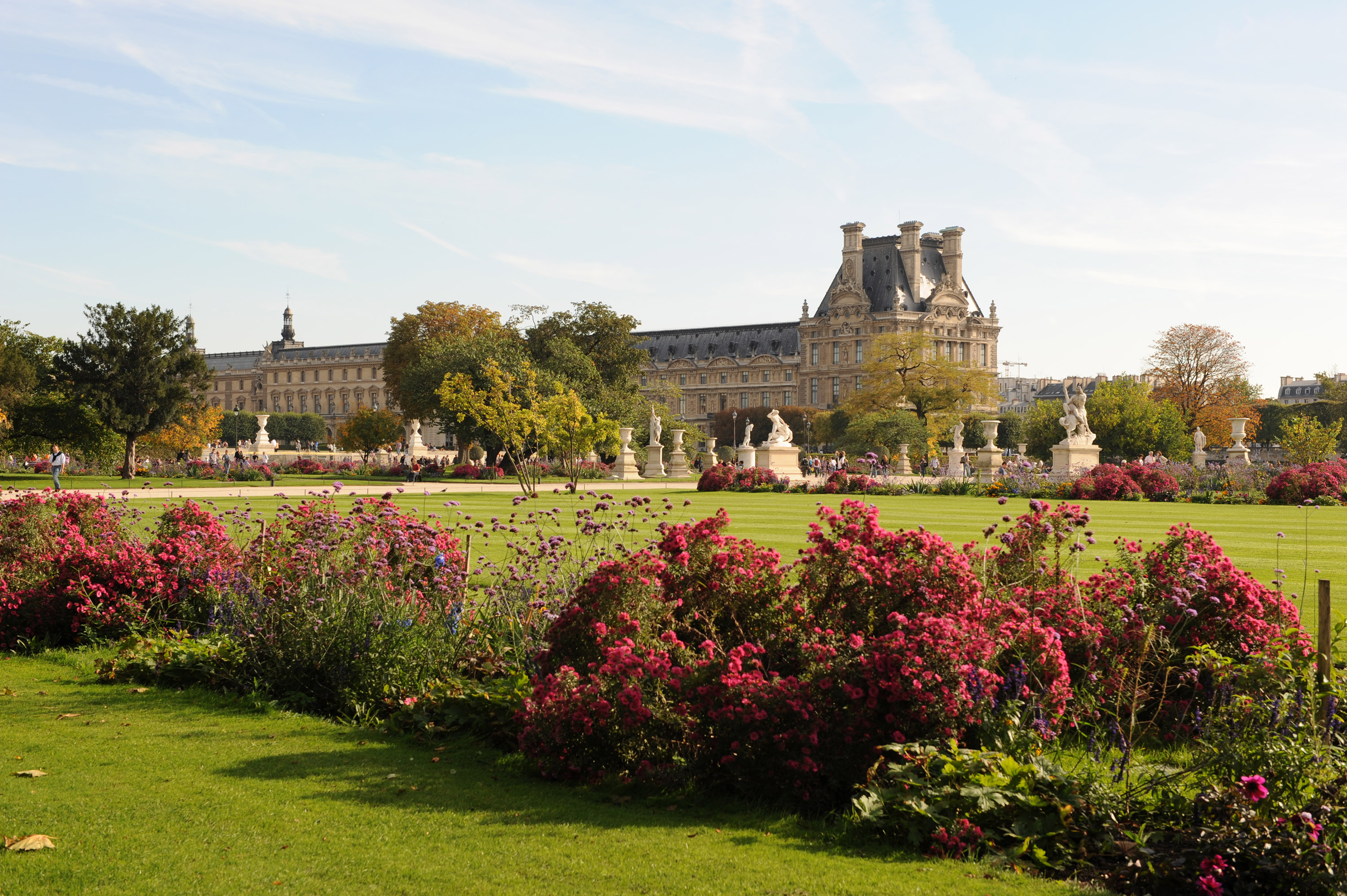
From Royal Garden to Public Park
The Tuileries Garden

Shining new light on sculpture
Cour Puget and Cour Marly
